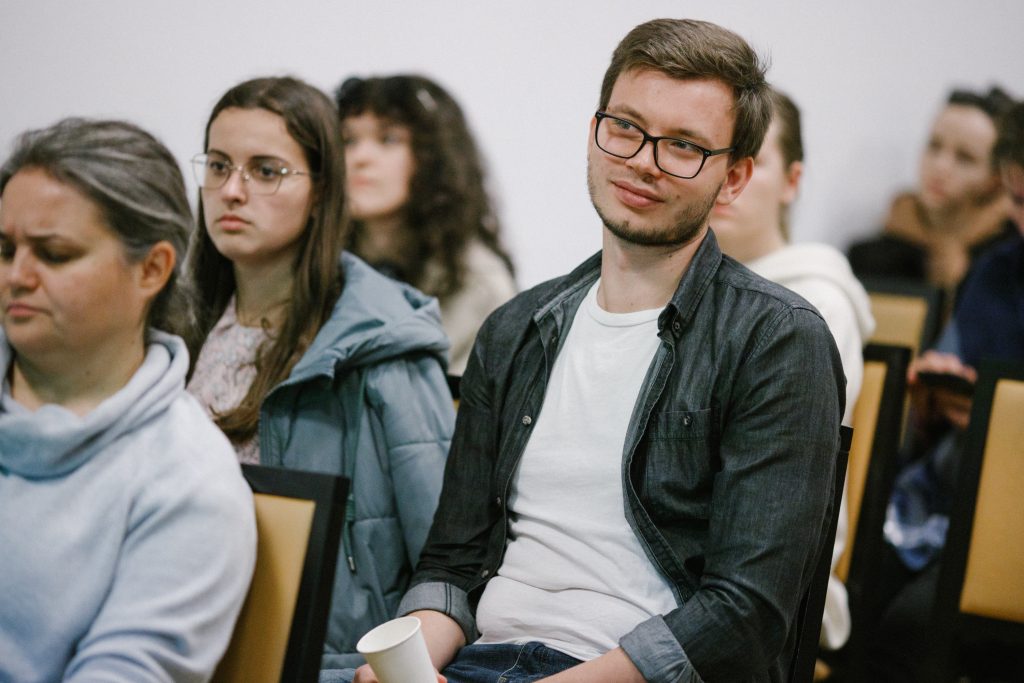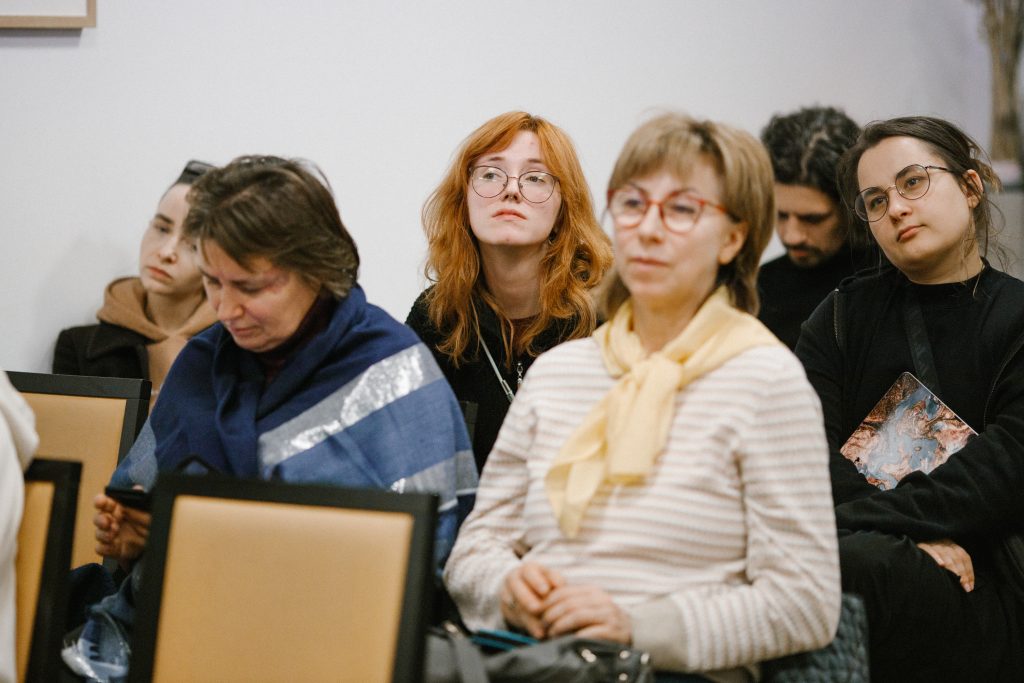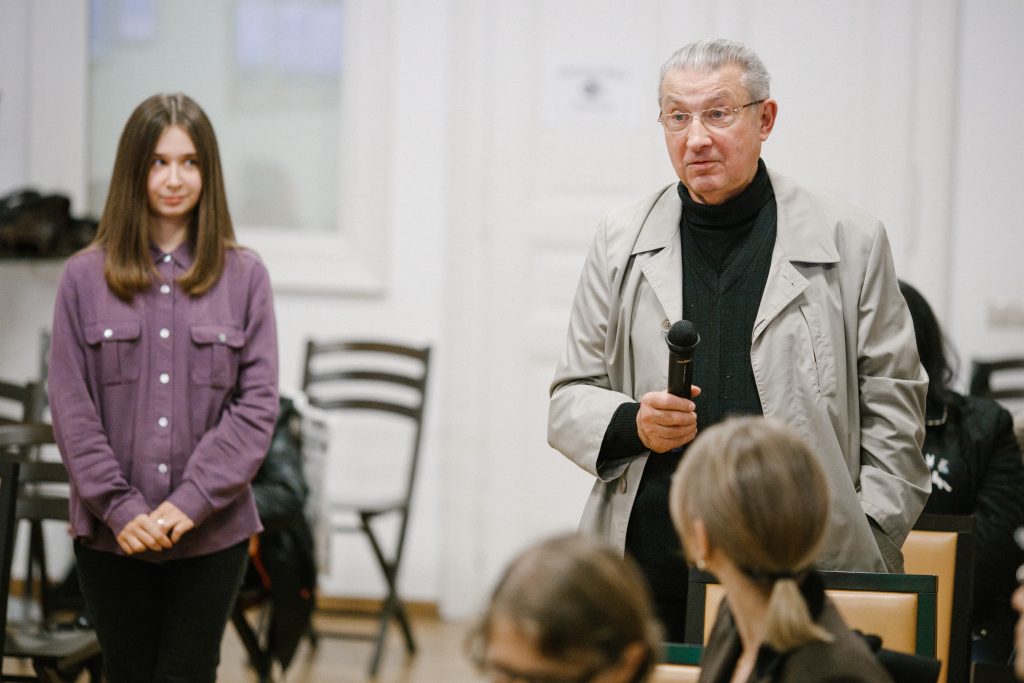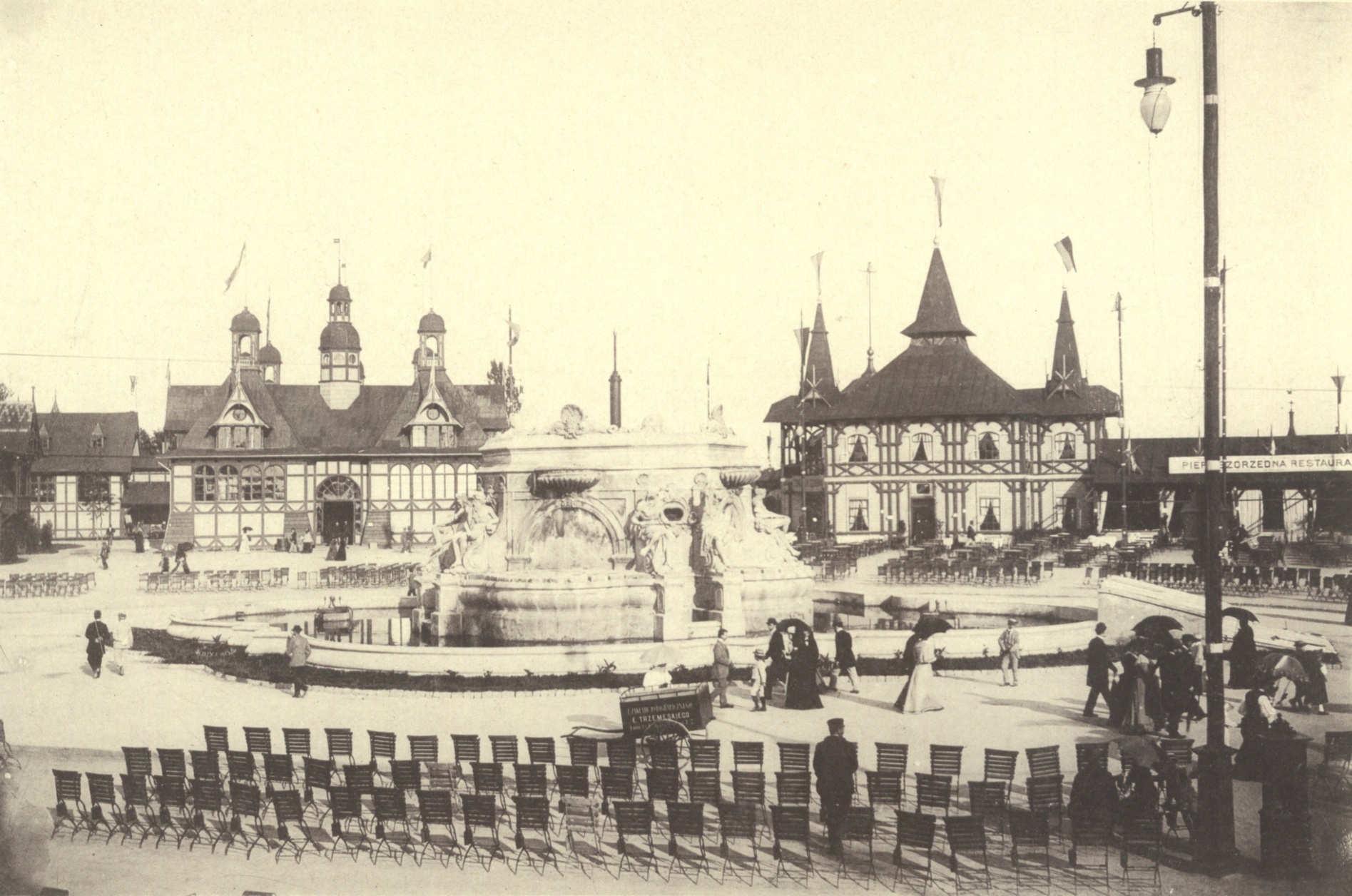Greening of Lviv: The Politics of "Beautification" in a Self-Governing Modern City
Roksolyana Holovata
Center for Urban History8.10.2024, 18:30
Conference Room of the Center for Urban History
We invite you to the lecture by Roksolyana Holovata, which continues the series "Let's Have a City..."
During the lecture, the researcher will focus on Lviv's municipal policy of "beautification" and landscaping, as well as the key actors responsible for its formation and arguments for the necessity of arranging green areas in the last third of the nineteenth and early twentieth centuries. Besides the basic hygienic argument of the benefits of greenery for city residents, the aesthetic appearance of Lviv is at the forefront.
Among the several groups of actors involved in the process of landscaping were deputies of the Construction (Third) Section of the Lviv City Council and employees of the Magistrate who dealt with the direct planning and arrangement of parks. A special gardening service was formed there in the 1880s, and Arnold Roehring, an inspector of urban plantations and a gardener, headed it. He was the author of the Stryi and Lychakiv parks, the partially implemented project of the Lviv "Corso," and other landscape projects in Lviv. In addition to designing a new one, Roehring also got to work with the legacy of gardener Karl Bauer.
Various Lviv communities expressed their expectations, impressions, and assessments of the Lviv city authorities' measures for greening. We should also highlight two societies whose names included the term "beautification." The first, Towarzystwo dla rozwoju i upiększenia miasta Lwowa (Society for the Development and Beautification of Lviv), operated in the late nineteenth century, and the second, Towarzystwo upiększenia miasta Lwowa i okolicy (T.U.L., Society for the Beautification of Lviv and the Surrounding Area), was active in the twentieth century. Both societies' programs primarily included educational activities for citizens about the aesthetics of the city, emphasizing the importance of maintaining and multiplying parks or gardens. For example, T.U.L. chairman Yanina Makarevich proposed a project to transform the Citadel into a city park. It is worth emphasizing that the members of the societies had a voice in the city since many of them were affiliated with the Lviv City Council. Tadeusz Rutowski, Vice President of Lviv, was a member of T.U.L.
Lviv residents also participated in beautifying the city. Citizens used the parks not only for walking and festivals but also for political demonstrations. Thus, it was often accompanied by conflicts between the city, which oversaw these spaces, and the users.

Roksolyana Holovata
Center for Urban HistoryHistory editor of the Lviv Interactive project. Her PhD thesis was supported by the Visegrad Fund. The topic of the research covers urban changes in the Halych suburb in Lviv, its socio-topography, and perception of space in the long 19th century. Research interests: urban studies, perception of space, art networks in Lviv, and their manifestations in the city’s public space.
Credits
Cover Image: City view from Stryi Park / Ihor Kotlobulatov's collection / Urban Media Archive of the Center for Urban History
Gallery: Mariia Varanytska











